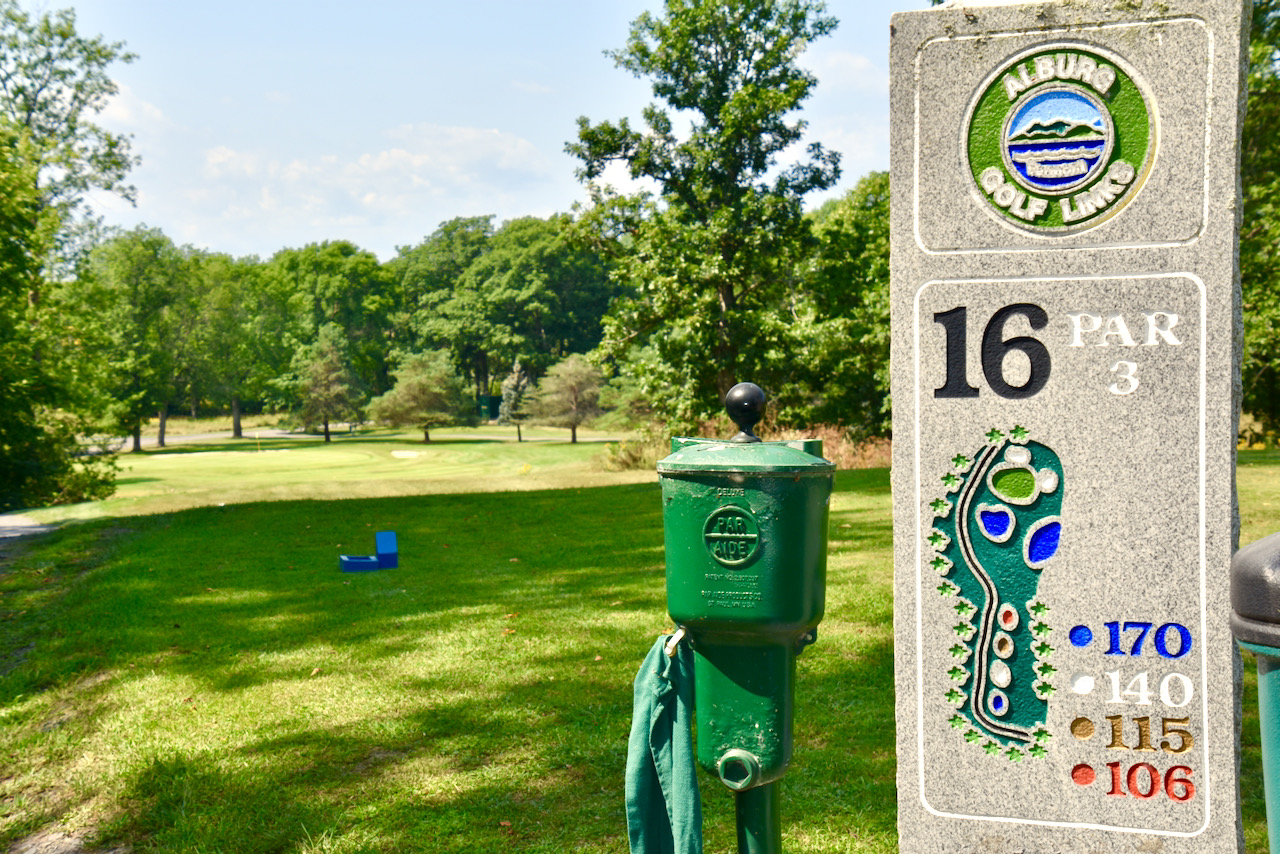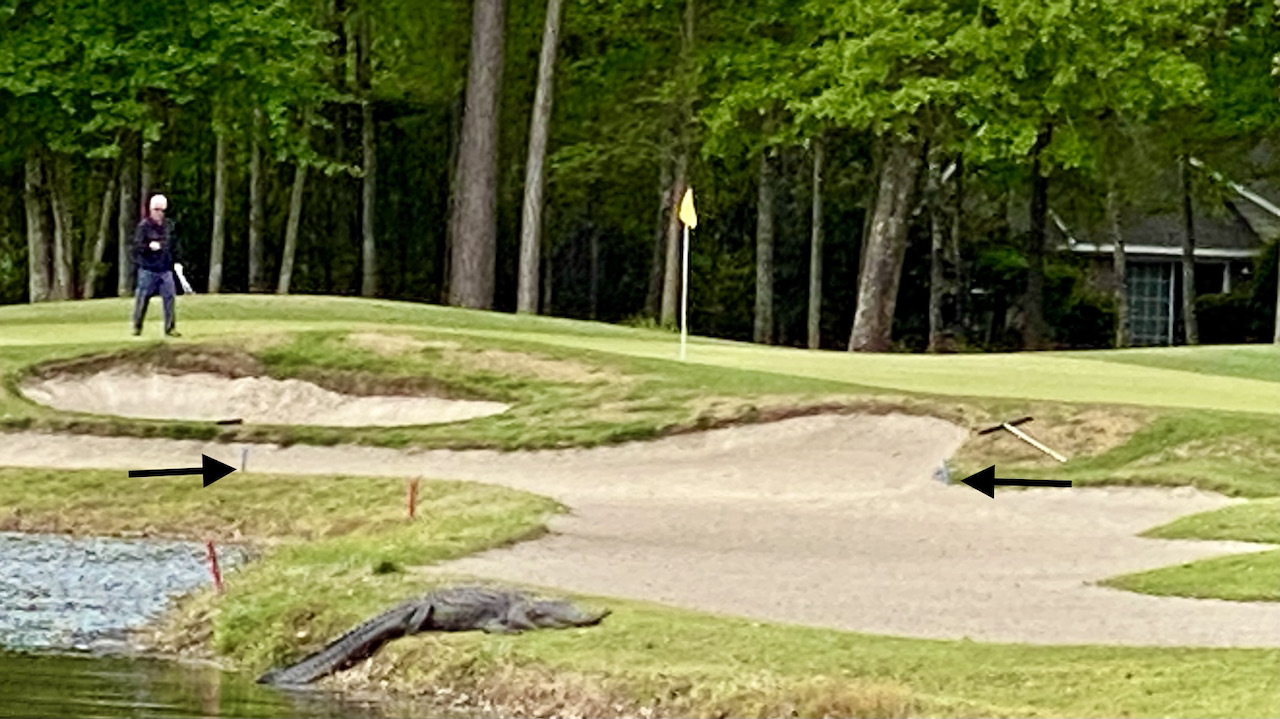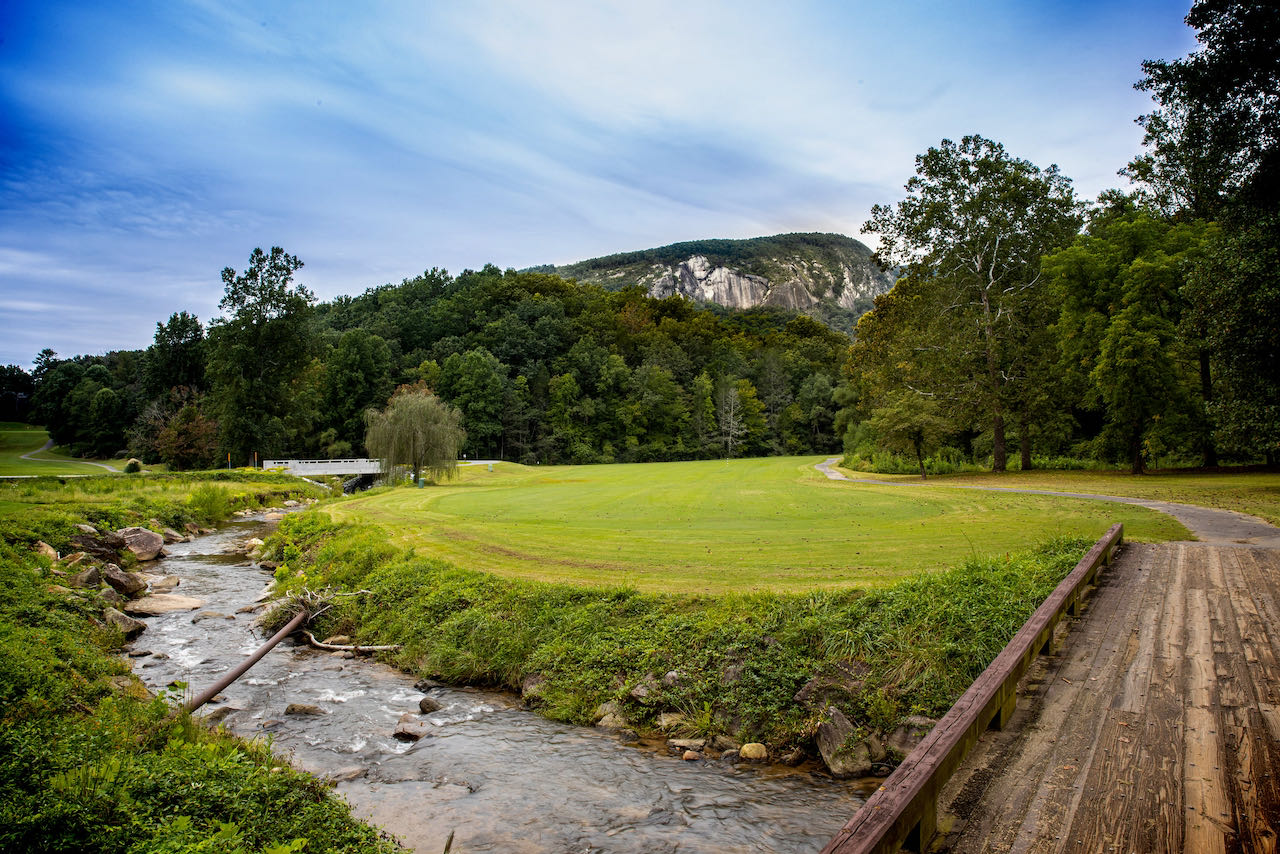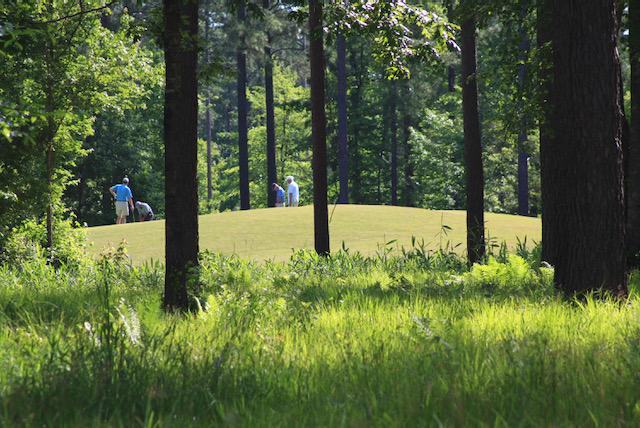It has been almost 4 ½ years since we launched the Golf Community Reviews web site, and although we never set specific readership goals, we have quietly raised a glass as we reached a few round-number milestones. But June’s results were a big deal for us, so pardon a little boasting. June
Our base of customers searching for golf community homes is growing as well. Currently, we are working with nearly three-dozen couples in various stages of their search for a golf-oriented home in a warm weather climate. Some are looking to the mountains, some to the coast and still others haven’t quite made up their minds. But the wide selection of properties across the south, and the low prices –- historically low, in some cases -– are convincing people that they have the resources to move from the dream stage to a more active footing. For those just about to put that foot forward, we are eager to help.
As a reminder, we do not charge a fee for our services. We are paid a referral fee by realtors who help our customers purchase a property, but there is never an obligation whatsoever (and the realtors in our growing professional network do not charge a fee either). Although we are working with a number of couples who intend to purchase a golf home in the next 18 months, we would be happy to offer some ideas to those looking a little farther down the line. Contact me for a free, no-obligation consultation about which areas of the south and which specific golf communities might best suit your requirements. (Note: As long-time New England residents, we know quite a bit about the combination golf and ski communities in the northeast.)
Over the past 4+ years, we have tried to be true to our mission -– to offer unbiased and objective reviews of specific golf communities, as well as the occasional piquant observation about the current housing market, especially as it affects those of us considering a home on the golf course. By the numbers at the web site, we are pleased that we must be doing something right. Thank you all for your continued support.
Larry Gavrich, Founder & Editor























